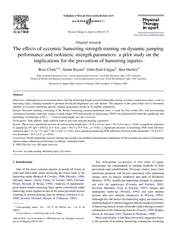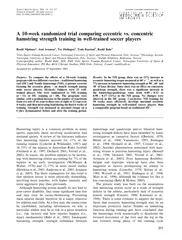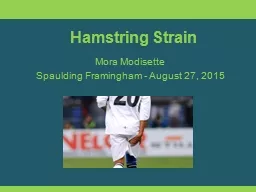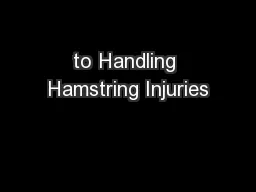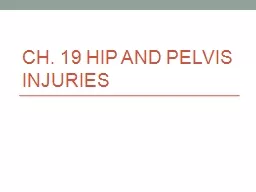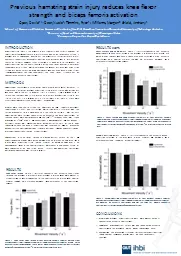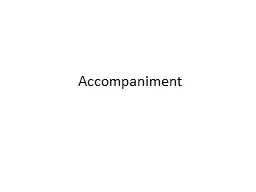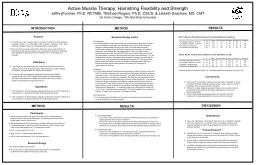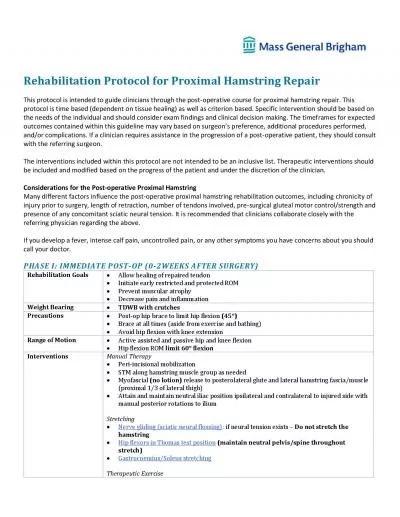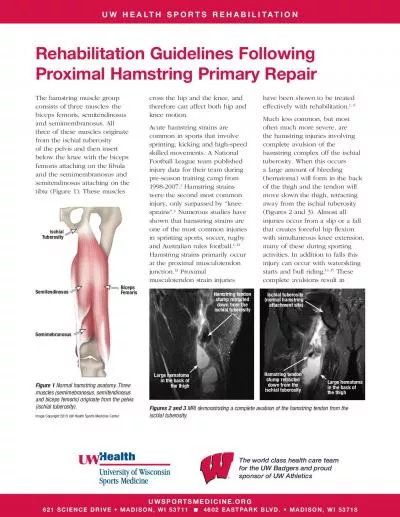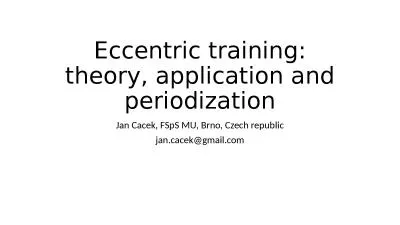PDF-Original research The effects of eccentric hamstring s
Author : liane-varnes | Published Date : 2015-06-06
4701 Australia School of Health and Human Performance Central Queensland University North Rockhampton Qld 4701 Australia Received 25 August 2004 revised 3 February
Presentation Embed Code
Download Presentation
Download Presentation The PPT/PDF document "Original research The effects of eccentr..." is the property of its rightful owner. Permission is granted to download and print the materials on this website for personal, non-commercial use only, and to display it on your personal computer provided you do not modify the materials and that you retain all copyright notices contained in the materials. By downloading content from our website, you accept the terms of this agreement.
Original research The effects of eccentric hamstring s: Transcript
Download Rules Of Document
"Original research The effects of eccentric hamstring s"The content belongs to its owner. You may download and print it for personal use, without modification, and keep all copyright notices. By downloading, you agree to these terms.
Related Documents

